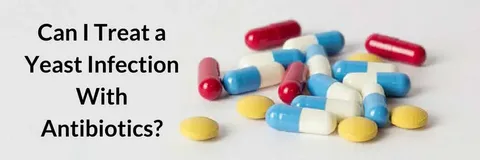The Cost of Antibiotics Without Insurance
Navigating the healthcare system without insurance can be daunting, especially when it comes to the cost of medications like antibiotics. In this article, we’ll dive deep into the factors affecting the cost of antibiotics, ways to save money, and other essential information to help you manage your healthcare expenses effectively.

Understanding Antibiotic Costs
Antibiotics are essential medications used to treat bacterial infections. However, the cost of these drugs can vary widely based on several factors.
Factors Influencing Antibiotic Costs
- Type of Antibiotic: Generic antibiotics are generally cheaper than brand-name versions. For example, generic Azithromycin costs around $32, while the brand-name Zithromax can cost up to $731.
- Dosage and Quantity: The prescribed dosage and the number of pills can significantly impact the overall cost.
- Pharmacy Location: Prices can vary depending on whether the pharmacy is in an urban or rural area.
- Discount Programs: Utilizing discount programs like GoodRx or SingleCare can help reduce costs significantly1.
Common Antibiotic Prices
Understanding the pricing of common antibiotics can help you budget for your healthcare needs.
Generic Antibiotics
- Azithromycin: On average, this commonly prescribed antibiotic costs about $32 without insurance1.
- Amoxicillin: Another widely used antibiotic, Amoxicillin, typically costs around $20-$30 for a standard course1.
Brand-Name Antibiotics
- Zithromax: This brand-name version of Azithromycin can cost up to $731.
- Augmentin: A combination antibiotic, Augmentin, can be more expensive, ranging from $50 to $100 depending on the dosage1.

Ways to Save on Antibiotics
Even without insurance, there are several strategies you can use to save money on antibiotics.
Use Generic Versions
Opting for generic versions of antibiotics can save you a significant amount of money. Generic drugs are just as effective as their brand-name counterparts but come at a fraction of the cost1.
Discount Programs
Programs like GoodRx and SingleCare offer coupons and discounts that can reduce the cost of antibiotics by up to 80%1. These programs are easy to use and can be accessed online or via mobile apps.
Shop Around
Prices for the same medication can vary between pharmacies. It’s worth calling different pharmacies in your area to compare prices before making a purchase1.
Insurance and Antibiotics
Having insurance can significantly reduce the cost of antibiotics. However, it’s essential to understand how your insurance plan covers prescription medications.
Prescription Coverage
Most insurance plans cover a portion of the cost of prescription medications, including antibiotics. The amount you pay out-of-pocket will depend on your plan’s formulary and whether the antibiotic is considered a preferred or non-preferred drug1.
Co-Payments and Deductibles
Be aware of your plan’s co-payment and deductible requirements. Some plans may require you to pay a higher co-payment for brand-name drugs compared to generic versions1.

Conclusion
Managing the cost of antibiotics without insurance can be challenging, but with the right strategies, you can minimize your expenses. Always opt for generic versions when possible, utilize discount programs, and shop around for the best prices. Understanding your insurance coverage can also help you make informed decisions about your healthcare.
For more information on how to save on prescription medications, visit GoodRx or SingleCare.
If you have any questions or need further assistance, feel free to reach out to your healthcare provider or pharmacist. They can provide valuable insights and help you navigate the complexities of the healthcare system.
Leave a Reply